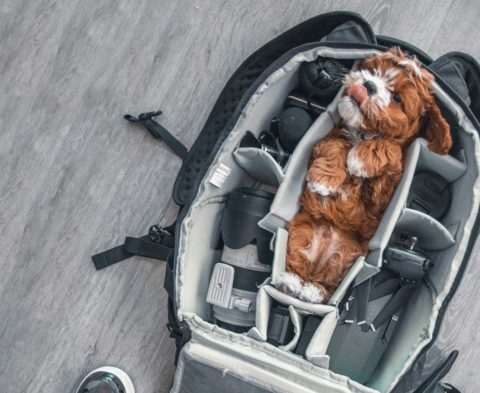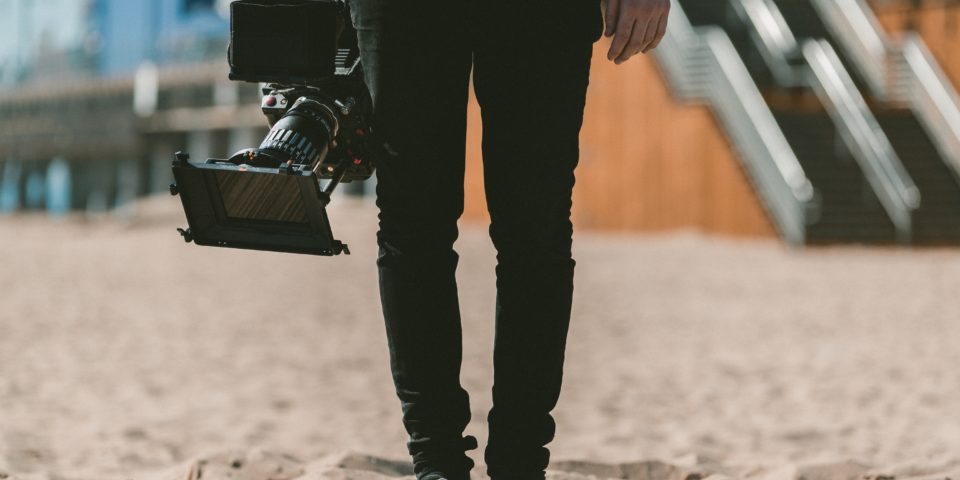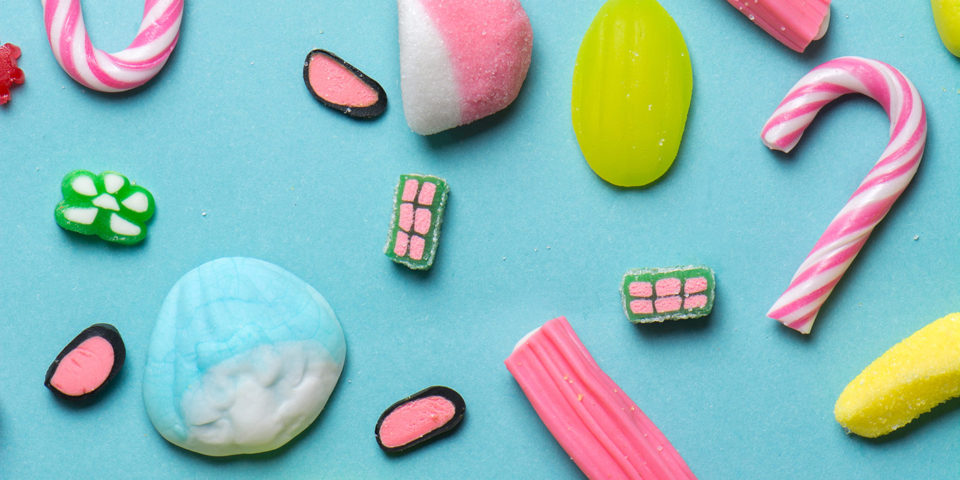There are a few topics in photography that produce such a visceral response. One of them is whether there is value in chimping or not. As is often the case, the answer comes with qualifiers.
What Is Chimping?
When I bring up chimping in my beginner classes, most attendees have no idea what I am talking about, which tells me that the verb is specific to “seasoned” photographers, whatever that means. The term derives from the mental image of one or more photographers gathered around a tiny LCD screen on the back of the camera making “ooh ooh” noises as is often attributed to individual and clan member chimpanzees.
Do You Chimp?
Most photographers do at one time or another. There is an incredible luxury in digital photography, not always appreciated by those who never shot film. You make an image, and can immediately review it. Speaking as an “old” photographer, this is amazing and wonderful. If that sounds overblown to you, remember that in film it’s necessary to wait for processing and printing, or processing and projection to check your images. With medium and large format cameras, some of us pulled a Polaroid from the back, counted the time and then peeled the facing off to check things. Polaroids were great for checking exposure and lighting, but were not the final so there was still an element of chance.
Should You Chimp?
Choosing to chimp or not is a personal choice. I recommend it, but in a procedural manner. When you decide to chimp properly, you will come home with better images, less frustration and a much lower chance of coming home with nothing useful. Chimping allows you to check the image, and when done properly, build confidence and assurance that you are achieving your goals. It can also tell you right away that what you are doing is not working.
How Does One Chimp Properly?
The value of the LCD display is that it tells you a great deal about your image. There is exposure information, often a luminosity histogram , and sometimes an RGB histogram (all based on the same internal JPEG). Of course a representation of the image you made, based on the internal JPEG, exists whether you are shooting in JPEG or RAW and processed by whatever picture style you have selected.
My guidance for JPEG shooters is to pick a picture style that you like before shooting, as this gets baked into the JPEG when it is made. If you shoot RAW, my recommendation is to choose the style that least processes the image, typically a setting of Neutral. Do note that Neutral is still doing some processing to the preview JPEG. There is no “do no processing” option for the preview.
Check your first shot in a sequence and grant yourself the time to review. Simply hitting the PLAY button and looking at the LCD is not enough. The LCD is smaller than the screen on most phones and is far too small to convey information about sharpness and real exposure accuracy. I have had students come back from assignments who assured me that they had checked every shot but still ended up with out-of-focus and otherwise unacceptable images. On your camera, find out how to zoom in during playback and zoom in on the most important element such as the focused eye in a portrait. Zoom out a bit and move the cursor around the image, and finally move the cursor around the edge to check for intruding items and anything else that would make the image not useful. With some practice, you can complete an effective chimp in a few seconds, and if you time your chimping well, you won’t be missing killer shots.
You likely will not need to chimp again in the sequence. This is important; when you chimp after each shot, you will be missing shots. I call these shots “unicorns” because you will never see them again if you miss them. Thus I coach that chimping is good so long as you don’t miss the “unicorns”.
Whenever you change position, or there is a break in the action, is a good time to chimp. Even in very action-oriented events you have time to chimp properly; between riders at a rodeo, or while the teams get ready for a faceoff at a hockey game. A little preparation and knowledge of what you are shooting will help you identify your chimp time.
Don’t Edit While Chimping
One of the best ways to miss a “unicorn” is to be editing while chimping. Many cameras offer in-camera processing. I don’t ever recommend using it, because it is so slow and so poor compared to even the most basic computer processing software. I also encourage shooters never to bother deleting images on the camera. The process is slow, and you can accidentally delete the wrong image all too easily. Wait until you can see them on the big screen before doing any culling.
In Closing
Chimping will make a difference in your images, because you will be putting your attention on assessment in near real time and correcting mistakes before it is too late. I always recommend carrying a loupe in your camera bag. A simple loupe, such as the one from Hoodman, cuts glare on the LCD and lets you see the image without being impacted by extraneous light. I find that it is hard to see LCDs well in bright sun. While you can turn the brightness up, I recommend against it because it may give you an inaccurate impression of exposure. On my Hoodman, I opted for the optional 3x magnification eyepiece. I carry it all the time, because I chimp.


